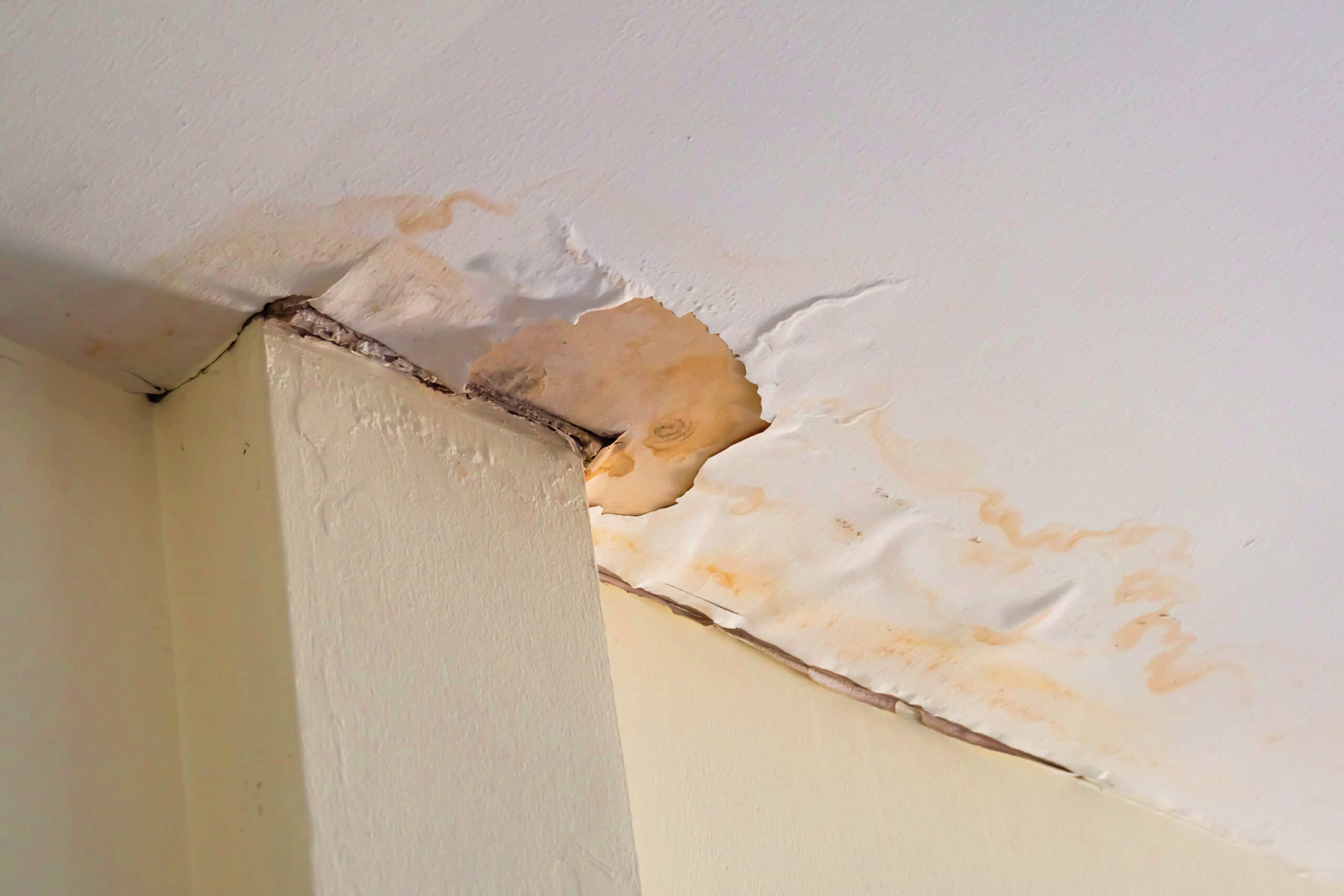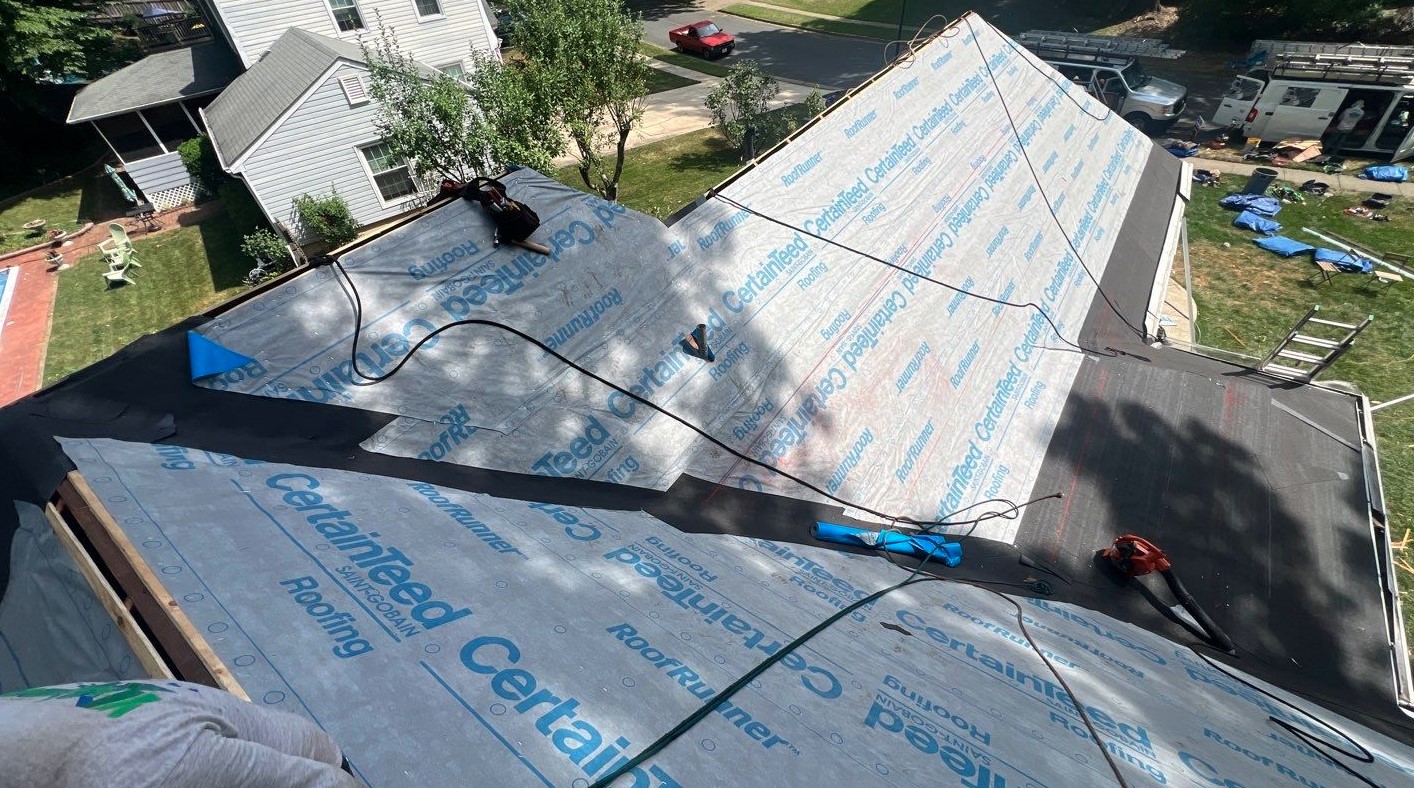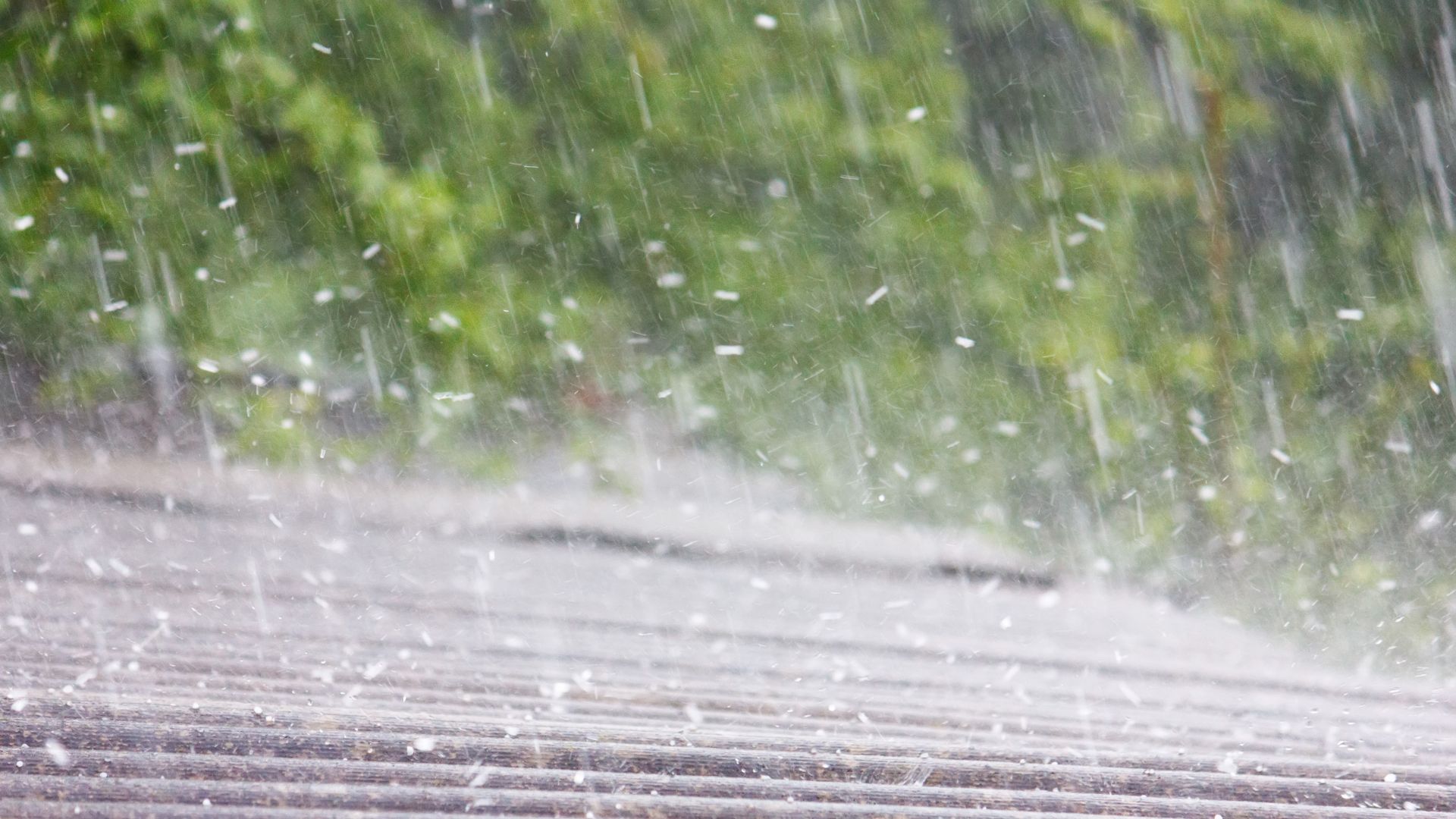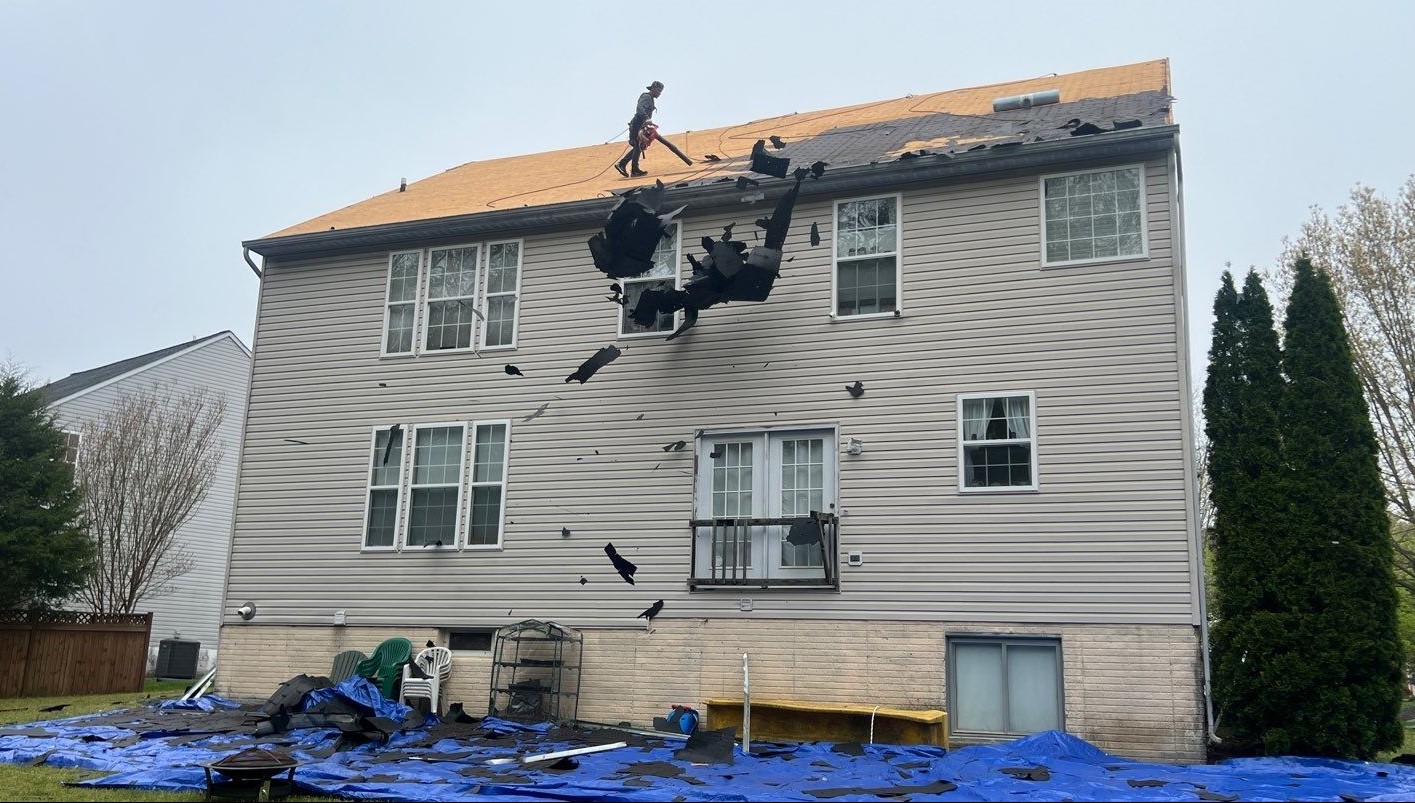Understanding your home insurance policy can be a tricky business, especially when it comes to figuring out if an older roof is covered. Let’s say we’re talking about a 20-year-old roof; numerous factors come into play such as the type of policy you have, the condition of your roof, how the damage happened, what company insures you, and even local building rules.
While some insurers might not offer coverage for such an old roof, others could ask for an inspection before making a decision.
When storms hit hard or unexpected fires occur, homeowner’s insurance may step in to cover replacing that old shield over your head. But here’s something to keep in mind: If your policy is set up based on original cost value, they might only pay what your roof was worth 20 years ago – not what it would cost to replace it today.
Also worth noting is if wear and tear over time has worn down your shingles because standard policies typically don’t cover gradual decline due just to age.
It’s important too to think about where you live since different places have different codes that insurers will consider. And let’s not forget that materials vary—some last longer than others—and this affects both lifespan and whether or not insurance companies will agree to cover them after two decades.
We’ll guide you through common scenarios like storm damage repair and navigate those complex claims with practical tips aimed at protecting one of the most critical parts of your house – its roof.
The journey through understanding these nuances leads us beyond simple definitions so let’s get ready to make sense of all this together!
Key Takeaways
- Insurance for a 20-year-old roof depends on the policy type, with actual cash value policies likely offering less coverage than replacement cost policies.
- Regular maintenance and proper documentation of your roof’s condition can increase the chances of insurance coverage in case of damage.
- Most insurance companies will not cover repairs or replacements for roofs over 20 years old unless specific circumstances apply, like storm damage.
- Local building codes and regulations may affect insurance coverage outcomes for older roofs; understanding these is crucial.
- Acting quickly to document and mitigate damage after a storm can help smooth out the claims process with your insurer.
Factors Influencing Insurance Coverage on a 20-Year-Old Roof
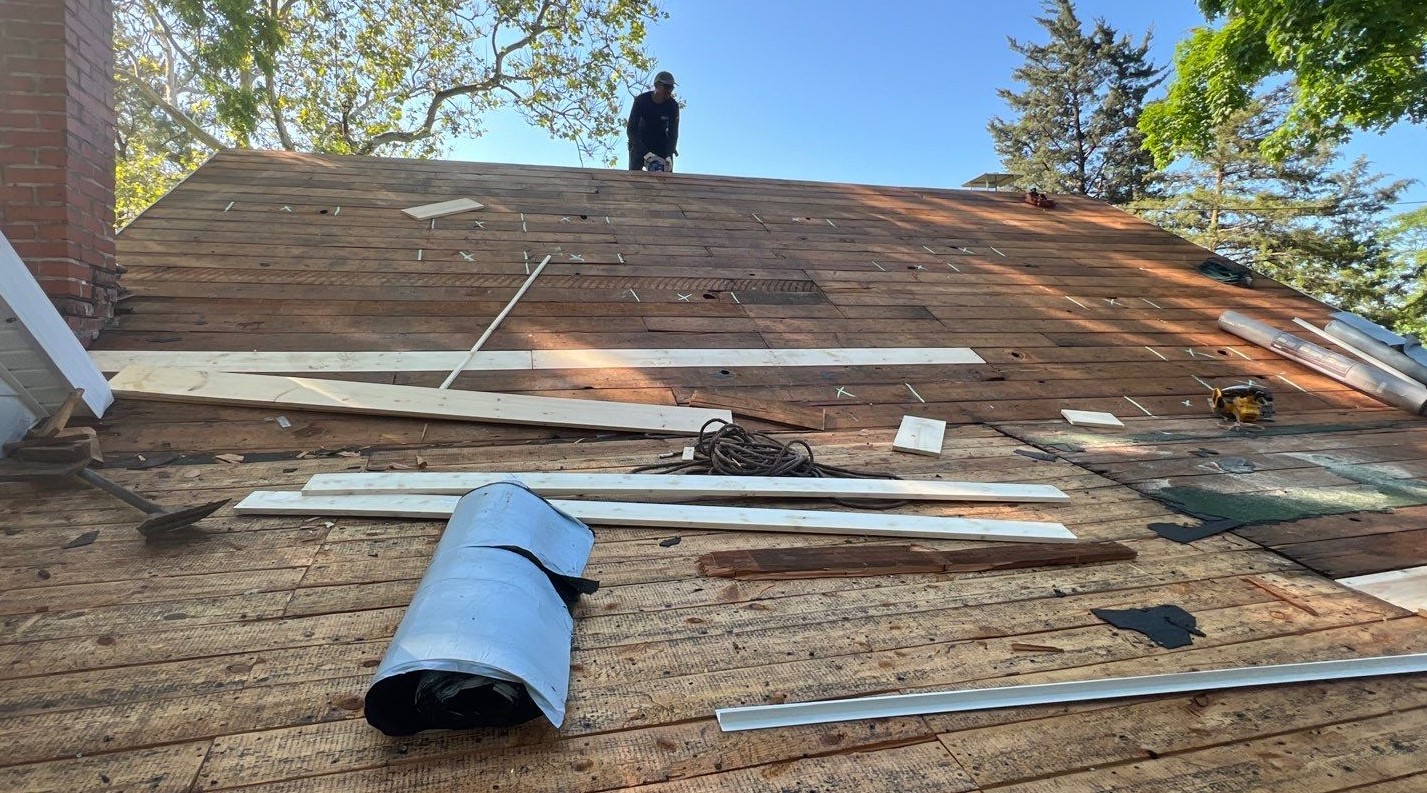
The insurance coverage for a 20-year-old roof is influenced by several factors, including the type of policy, the current condition of the roof, the cause of any damage, the specific insurance company involved, and local regulations governing roofing.
These factors will determine to what extent your insurance will cover repairs or replacement for an older roof.
Policy Type
We understand your concerns about whether insurance will cover a roof that’s been part of your home for two decades. Different policy types have their own set of rules regarding the age of roofing materials and roof lifespan.
For example, an actual cash value policy may only reimburse you for the depreciated value of your 20-year-old roof, which could be significantly less than its original cost or the cost to replace it today.
If you’re insured under a replacement cost policy, on the other hand, you might receive more favorable terms. These policies can provide funds for a new roof equivalent to one damaged by a covered peril, minus your deductible.
However, we’ve seen cases where insurance companies are hesitant to renew homeowner’s insurance if they find that the roof is beyond their age threshold for full coverage.
Always check with your insurance agent before assuming what’s included in your policy and how it applies to older roofs. They can clarify how varying policies impact claims related to aged roofs like yours.
If renewal challenges arise due to an aging roof nearing or surpassing 20 years old, consider scheduling a thorough inspection; this proactive step could help in demonstrating ongoing preventive maintenance efforts and extend insurability with some insurers.
Our advice is clear: don’t wait until issues occur – actively engage with your insurer and stay informed about how different policies can affect your coverage options over time.
Roof Condition
Checking the condition of your roof is a key factor that can influence an insurance claim. If you’ve kept up with roof maintenance and repairs, your 20-year-old roof may stand a better chance of getting covered in the event of damage.
Insurers often send out an inspector to assess whether the shingles are in good shape or if there are signs of leaks and water damage. They’ll look at everything from loose asphalt shingles to potential hail damage.
Keep records of all inspections, repairs, and replacement work done on your roofing over the years. This history shows insurers that you’ve been proactive about keeping it in tip-top condition, which could help during underwriting for coverage on older roofs.
Homeowners need to understand that consistent preventative maintenance might sway an insurance company’s decision on whether they will cover a claim related to roof condition.
Maintain regular communication with your roofing contractor to ensure any issues are addressed promptly – this strategy not only keeps your home safe but also strengthens the case for dealing with claims involving aging roofs.
Always keep clear documentation after each inspection or repair job as solid evidence for insuring agencies when filing any future claims regarding an aged but well-maintained roof.
Cause of Damage
We understand how important it is to know what exactly caused the damage to your 20-year-old roof. Strong winds might rip off shingles, hail can create punctures, and a fire could compromise the structural integrity of your roof.
Each of these scenarios presents a unique challenge and may influence whether or not your homeowners insurance will step in to cover roof repairs or even a full roof replacement.
Insurance policies generally provide coverage for unforeseen disasters that strike suddenly. However, if an insurer determines that damage resulted from neglect or gradual wear and tear—a common issue with older roofs— they may deny your claim.
Regular inspections and maintenance can help catch minor problems before they escalate into larger, more costly issues that are not covered by home insurance. It’s essential to ensure that any damage is documented promptly and accurately so you can present a strong case to your insurance company when filing an insurance claim for damages on an aged shingle roof or metal roof.
Insurance Company
Now that we’ve explored the factors influencing insurance coverage on a 20-year-old roof, it’s essential to understand how different insurance companies approach this issue. When it comes to insurance coverage for aged roofs, various companies have their policies and criteria.
Some may refuse to provide coverage for roofs older than 20 years, while others might require a thorough inspection before offering any coverage. It’s important to note that most insurance companies will not cover roofs over 20 years old and may only reimburse the original cost of the roof rather than its current replacement value.
In some cases, homeowners with roofs older than 20 years may need to pass an inspection for their insurance policy to be renewed.
Local Regulations
Local regulations play a crucial role in determining the insurance coverage for older roofs. These regulations can vary significantly from one location to another, affecting the type of coverage required and influencing insurers’ assessment of risk.
In some areas, local building codes may mandate specific requirements for roof maintenance or replacement, impacting insurance policy conditions and premiums. Understanding these regulations is essential for homeowners and property managers to ensure compliance with local laws while obtaining adequate insurance protection.
Homeowners and property managers should be aware that some insurers may set strict guidelines based on local regulations when it comes to insuring older roofs. For instance, certain areas may have restrictions on renewing homeowner insurance policies if the roof exceeds a certain age unless it passes an inspection.
Common Scenarios for Insurance Coverage on Aged Roofs
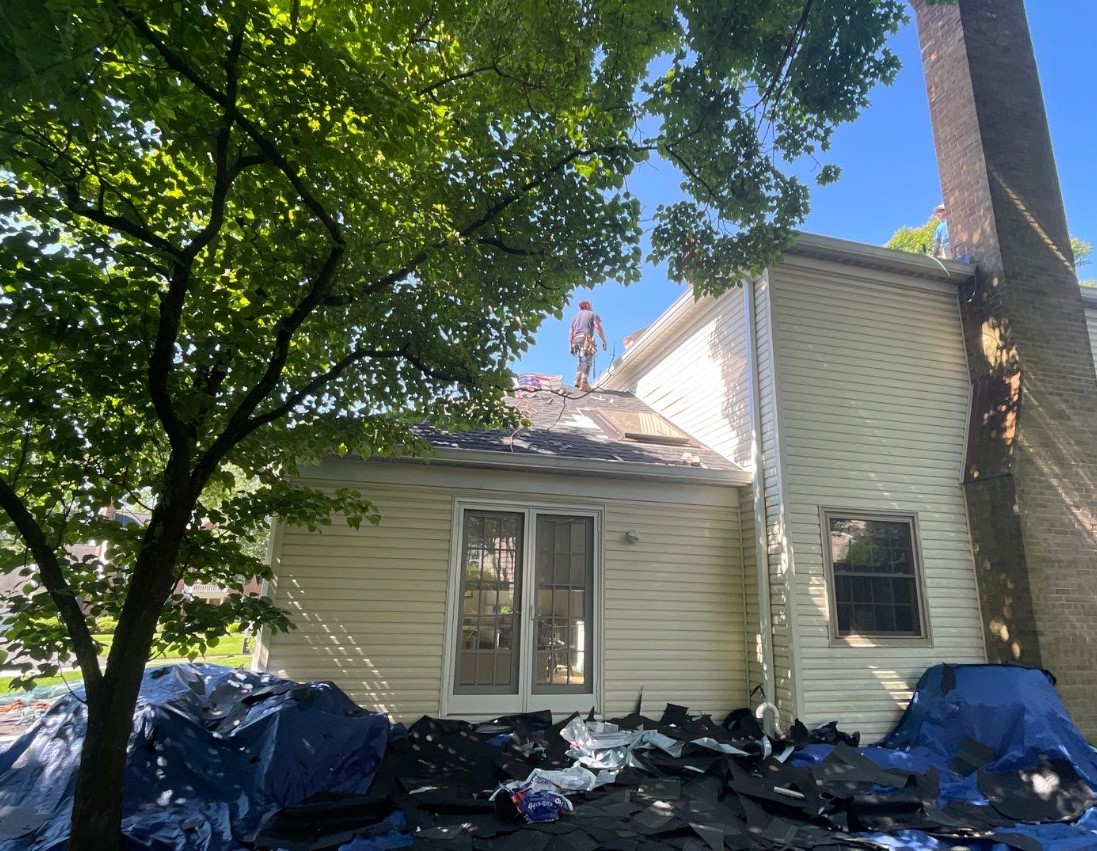
Storm damage, such as hail and wind, is a common scenario in which insurance coverage may apply to an old roof. Normal wear and tear, preventive maintenance, and the need for roof replacement are also factors that homeowners should consider when navigating insurance claims for aged roofs.
Storm Damage
When a storm hits, the damage to your roof can be immediate and extensive. As a homeowner or property manager, it’s essential to act swiftly in response to storm damage. Contacting your insurance provider is crucial to begin the claims process promptly.
Inspect the extent of the damage and document it thoroughly with photographs before any temporary repairs are made.
Additionally, make sure to mitigate further damage by temporarily covering exposed areas with tarps or boards until permanent repairs can be arranged. Prompt action not only ensures safety but also helps facilitate smoother insurance claims for storm-related roof damages.
Normal Wear and Tear
When it comes to insurance coverage for an aged roof, normal wear and tear is a significant factor that can impact whether your roof repairs will be covered. Insurance companies typically do not cover roofs older than 20 years due to the natural deterioration that occurs over time.
It’s important for homeowners and property managers to understand that age-related wear and tear, lack of maintenance, or improper installation can lead to exclusion of roof repair coverage by insurance providers.
This underscores the importance of regular maintenance and proactive measures to ensure that your roof remains in good condition.
Preventive Maintenance
Regular roof inspections and maintenance play a crucial role in prolonging the lifespan of a roof, reducing the likelihood of leaks and damage, and ensuring insurance coverage for an older roof.
By scheduling annual or bi-annual inspections by qualified professionals, property owners can identify and address minor issues before they escalate into major problems. This proactive approach not only helps prevent costly repairs but also demonstrates to insurers that the property is well-maintained, potentially influencing insurance premiums positively.
Implementing preventive maintenance measures such as clearing debris from gutters, replacing damaged shingles promptly, and addressing any signs of wear can significantly impact the overall condition of the roof.
Roof Replacement
When considering a roof replacement, it’s crucial for property owners to understand that insurance coverage may vary based on several factors. The age of the roof plays a significant role in determining coverage, with most insurance companies being less likely to cover roofs over 20 years old.
In cases where insurance does provide coverage for an older roof, it typically only covers the original cost of the roof, not its current replacement cost.
Despite potential challenges in securing full insurance coverage for a 20-year-old roof replacement, proactive measures can mitigate financial burdens. Implementing preventive maintenance and timely inspections can help extend the lifespan of the existing roof while preparing for eventual replacement costs.
Additionally, understanding local regulations and negotiating with insurance providers based on accurate valuation and concrete pricing data can maximize reimbursement benefits.
The Role of Roof’s Age in Insurance Coverage
Roof age significantly impacts insurance coverage. Most insurance companies won’t cover roofs older than 20 years. Additionally, if a roof is over 20 years old, insurance may only cover the original cost and not the current replacement cost.
Neglect and lack of maintenance can also affect whether insurance will cover roof damage.
Understanding the influence of roof age on insurance coverage is crucial for residential homeowners and commercial property managers to make informed decisions about maintaining their properties.
Now let’s delve into quick response strategies for storm-damaged roof repair.
Quick Response Strategies for Storm Damage Roof Repair
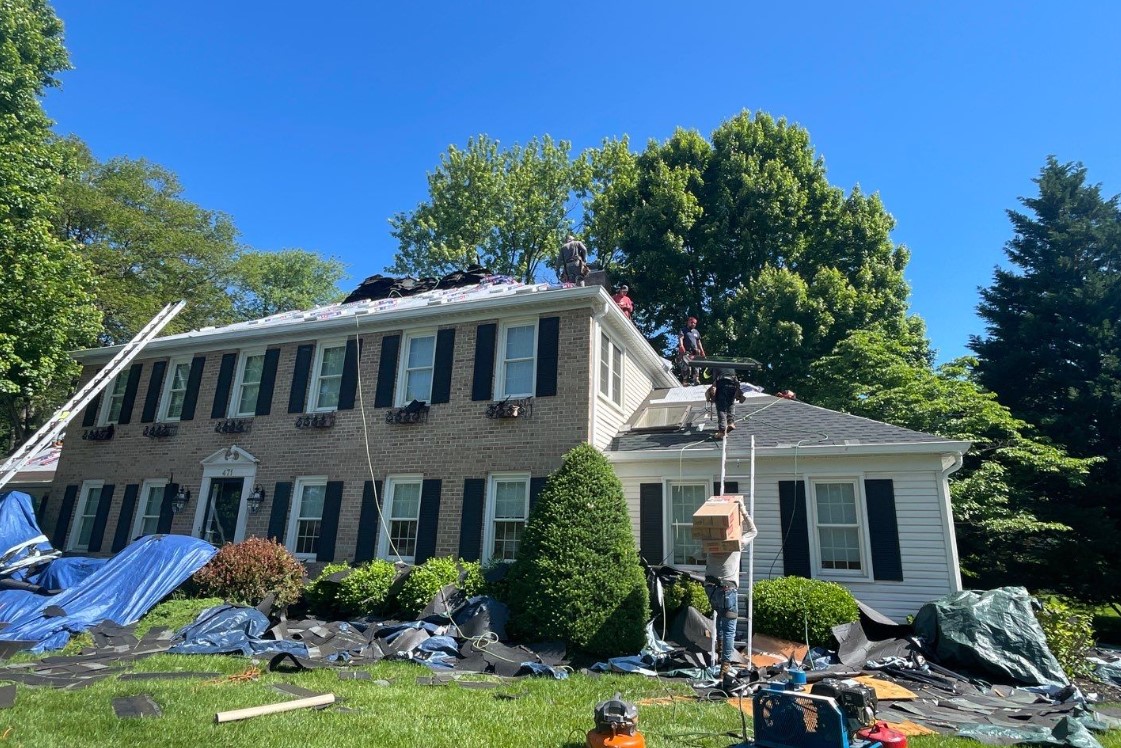
When a storm damages your roof, it’s crucial to act swiftly. Here are some quick response strategies that can help you mitigate the damage and navigate insurance claims effectively:
- Document the Damage: Take clear photos of the damaged areas from multiple angles and make notes of any visible issues.
- Emergency Tarping: Securely cover the damaged sections with tarps to prevent further water infiltration and protect the interior of your property.
- Temporary Repairs: Conduct temporary repairs to stabilize the roof and prevent additional damage until permanent repairs can be made.
- Contact Your Insurance Company: Notify your insurance provider about the damage as soon as possible and provide them with all relevant documentation.
- Professional Assessment: Engage a qualified roofing professional to assess the extent of the damage and provide an estimate for permanent repairs.
Tips to Navigate Insurance Claims for an Old Roof
Here are some tips to help navigate insurance claims for an old roof:
- Review your insurance policy for specific coverage details related to the age of your roof, including any limitations or exclusions. Understanding your policy can help you advocate for fair coverage.
- Document the condition of your roof before any damage occurs by taking photographs and keeping records of maintenance and repairs. This will provide evidence of the roof’s pre-damage state.
- Contact your insurance company promptly after discovering any damage, and file a claim as soon as possible to ensure timely assessment and resolution.
- Hire a reputable roofing contractor to assess the damage and provide a detailed report for submission to your insurance company. A professional evaluation can strengthen your claim.
- Prepare for an adjuster’s inspection by having all relevant documentation, including estimates and reports, readily available to support your claim.
- Communicate openly with your insurance company, ask questions about the claims process, and seek clarification on any aspects that are unclear to ensure a smooth resolution.
Will Insurance Cover a 20-Year-Old Roof: Conclusion
In conclusion, insurance coverage for a 20-year-old roof may vary depending on factors such as policy type, roof condition, and the insurance company. Homeowners should review their policy to understand specific coverage policies for an aging roof.
It’s essential to explore options if insurance does not cover the replacement cost of an older roof, especially in cases of storm damage or regular wear and tear. Understanding the terms and conditions of homeowner’s insurance is advisable to determine if it will provide coverage for a 20-year-old roof.
For more detailed strategies on how to quickly respond to storm damage on your roof, check out our guide on Quick Response Strategies for Storm Damage Roof Repair.
Will Insurance Cover a 20-Year-Old Roof (FAQs)
1. Will my insurance policy cover roof leaks on a 20-year-old shingle roof?
Your insurance coverage for roof leaks depends on the policy’s age limit for roofs and the condition of your shingled roof. Check with your policyholder to see if your older roof is covered.
2. How do insurance companies decide if they’ll pay for my old shingled roof damage?
Insurance companies typically look at the age and upkeep of your shingle roofs to determine eligibility for repair costs. Proper maintenance can influence their decision.
3. What factors could impact the price of insurance coverage on an older roof?
The prices may vary due to factors like the age of your shingled roof, its materials, and the frequency of severe weather in your area which can affect wear and tear.
4. Can I expect both costs and benefits from replacing my 20-year-old roof when it comes to insurance?
Replacing an old shingle-roofed home might have upfront costs but can lead to long-term benefits by potentially lower premiums while ensuring continuous coverage from your insurer.


